For decades, technology development was determining the speed of innovation. In this digital era, market adoption seems to be running behind the technical possibilities. And that also applies to medical innovations. As soon as you start pushing anything groundbreaking into the medical market, you may bump into habits and procedures besides the traditional ‘doubts’ that come with every novelty. So it’s clear that just imposing your new idea is not very effective.
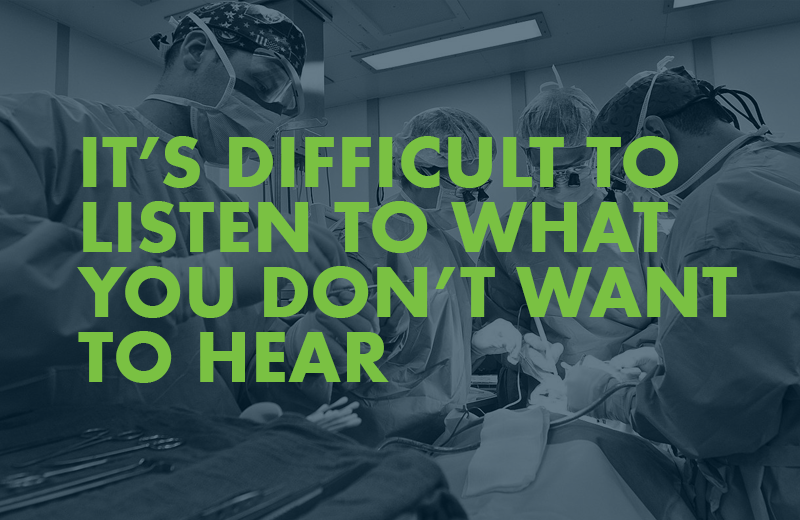
To overcome this, it’s crucial to understand as soon as possible the goal and motivation which needs to be accomplished and how your new technology can help in getting it done. That goes back to really understanding the so called ‘job-to-be-done’.
Users don’t need technology. They want to accomplish a goal.
We’ve experienced that when a new technology allows a medical procedure to be performed more efficiently because of a reduced process time, then ‘increasing the throughput’ should be the primary goal of the device development program instead of just more powerful hardware. We’ve learned that a brilliant technical solution to improve the quality of a surgery and so the patient’s comfort was hard to get adopted because the surgery procedure time increased and so a no go for the surgeons.
We were once invited to take part of a review board of key leader surgeons to give there feedback on a new product concept with the aim to support surgeons in making the surgery easier by an supportive tool. After the demonstration one of the orthopedists said: “I’m not going to use this tool, because I’m very experienced in performing this procedure perfectly and I don’t want to show my students that I’m using this ‘easy-to-do-tool’.”
As soon as the goal is defined, and the technology is chosen you need to focus on the market adoption challenge: breakthrough products might have the biggest potential, however they come with a higher risk too.
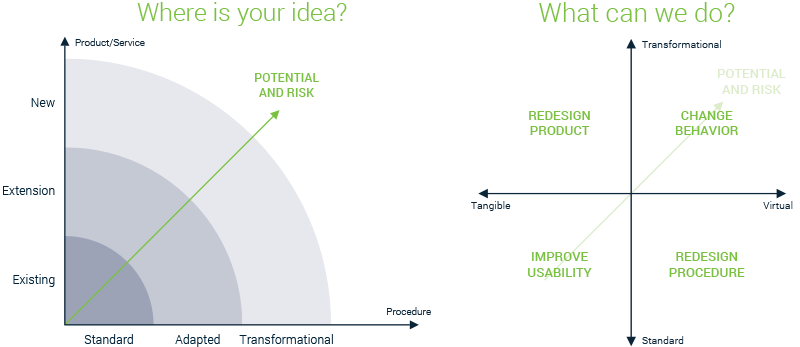
Peel the layers
The process of adaptation and rejection is complex and influenced by many interacting factors going from the individual (attitude) layer over task and process to the environmental layer. From our experience – supported by literature – we’ve noticed that the individual aspects receive less attention even though adoption decisions in hospitals are made by individuals and underlie subjective influencers (physicians). On the other hand, it’s clear that succeeding in establishing a positive attitude is the best way to start spreading your innovation. Real engagement can be triggered by touching the individual attitude layer.
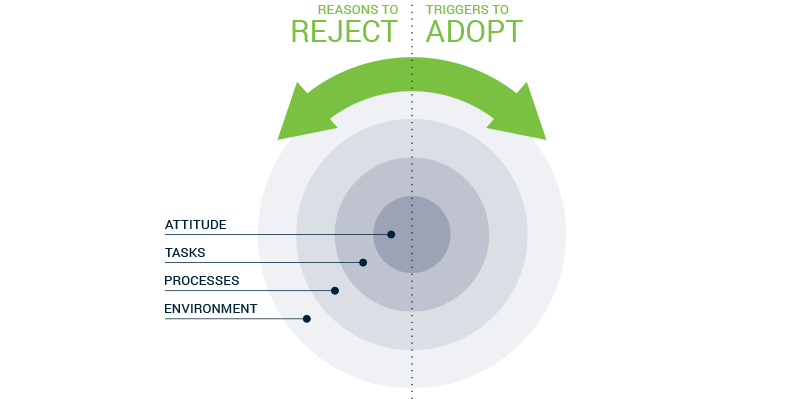
Rationalize the irrational
Tools can help to rationalize the subjective feelings. As an example, Fogg’s Behavior model is a smart framework to review the touch points and check what can be done to achieve a goal by questioning the ‘motivation’, the ‘ability’ and by inventing some triggers to evoke a specific action. The outcome can give the R&D team insights which can be translated into new design guidelines.
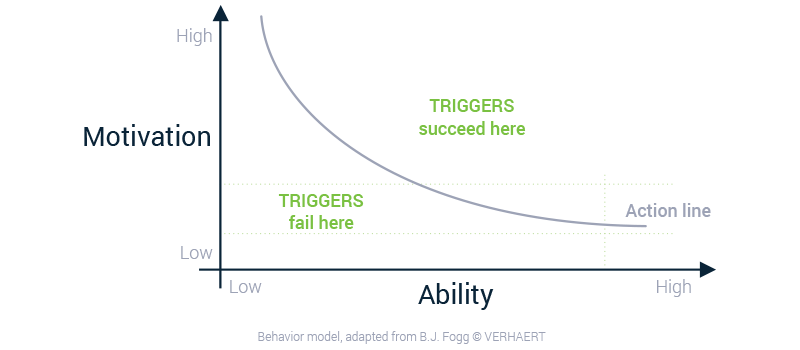
It’s difficult to listen to what you don’t want to hear
But you better try to do so, because the solution for a smooth market adoption is easier to find if you have an understanding of the ‘type of resistance’. At first glance they might look similar, but the difference between let’s say the ‘usage resistance’ and the ‘social resistance’ is huge. And the solution to solve this will be widely different too.
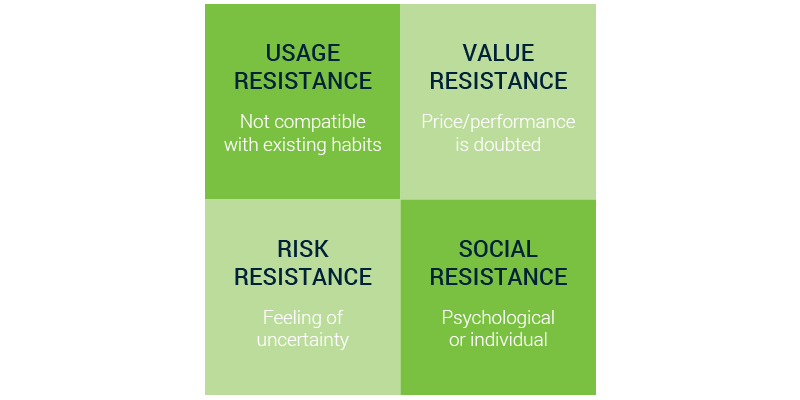
Conclusion
You may have that amazing technology, but predicting if the user will embrace it, that’s another league of innovation. Fortunately, there are various types of tools helping you to rationalize the subjective feelings and to understand the apparently irrational behavior. But remember to focus on the ultimate user goals and the expectations of the stakeholders to develop technologies that can achieve those goals and not reverse.
Download the perspective




